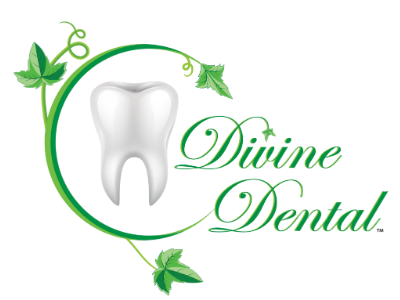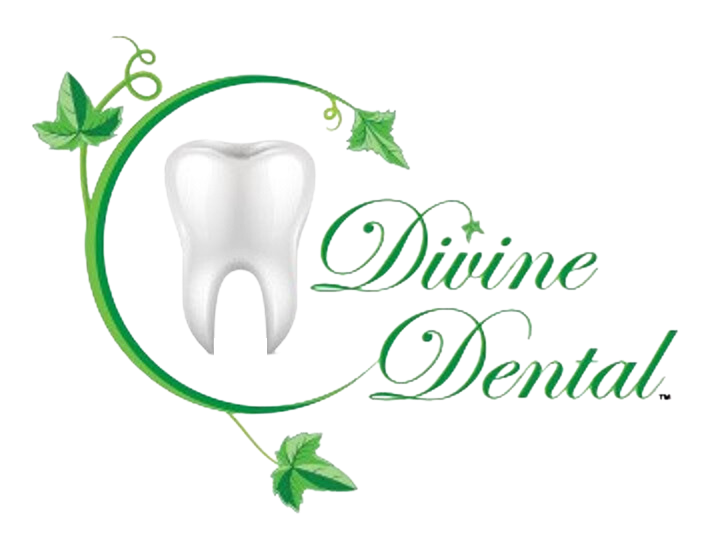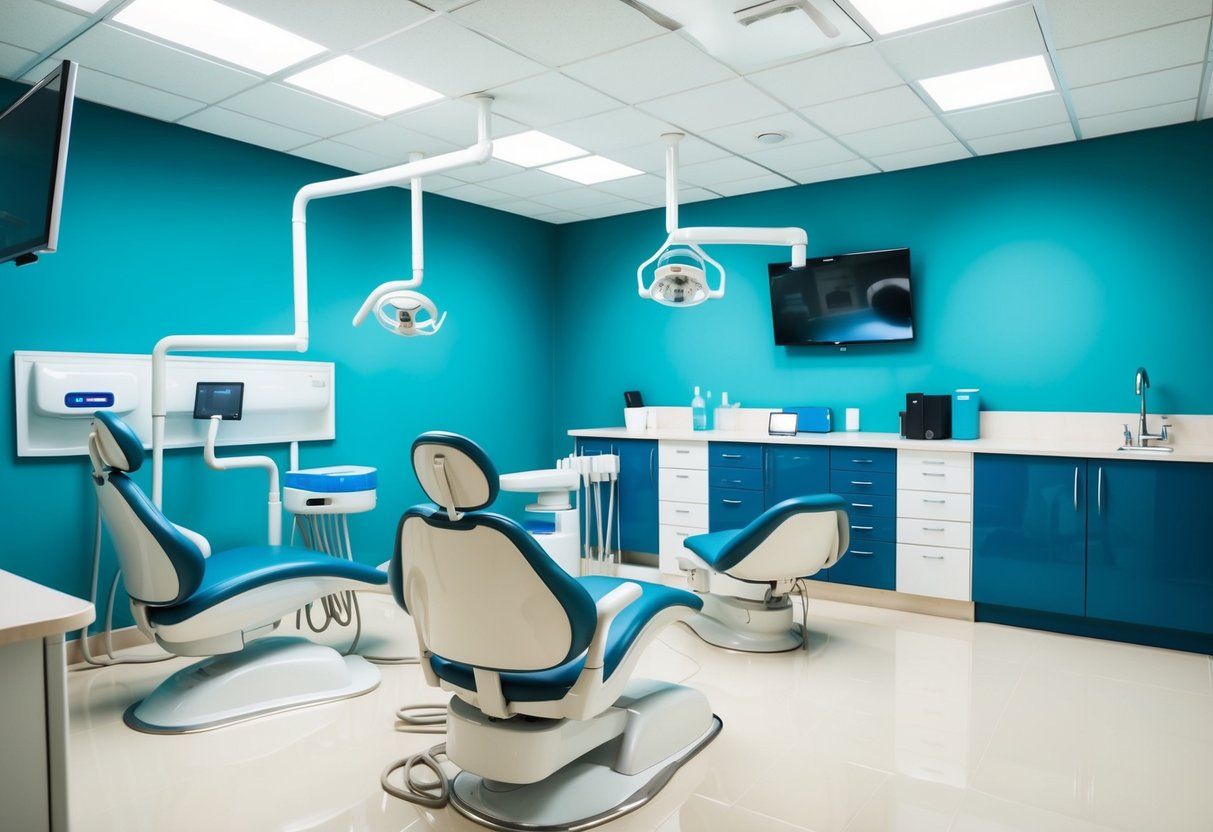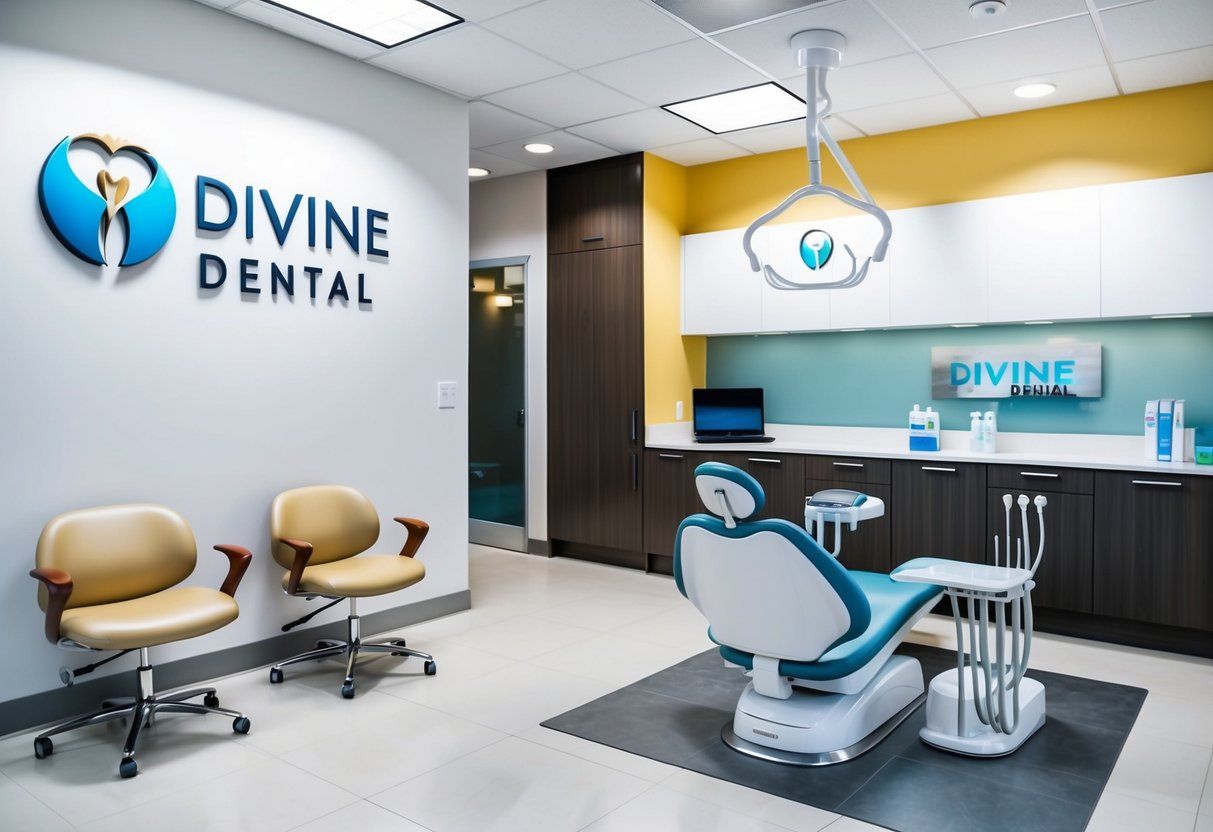Insights Into Dental X-rays: Unveiling The Importance And Safety Measures
Dental X-rays are a vital tool in the diagnosis and treatment of dental issues. They provide valuable insight into the health of the teeth and surrounding tissues by capturing images of the oral structures. It's crucial to understand the importance and safety measures of dental X-rays to ensure the well-being of both patients and dental professionals. By gaining knowledge about the benefits of X-rays and the precautions taken to minimize radiation exposure, individuals can make informed decisions about their dental care.
It's essential for patients to be aware of the necessity of X-rays in detecting hidden dental problems and guiding treatments, while also being informed about the safety protocols followed by dental practices. Understanding the significance of dental X-rays empowers individuals to actively participate in their oral health and advocate for their well-being. It is important to maximize the understanding of the importance and safety measures surrounding dental X-rays to ensure the best possible outcomes for dental care.
Importance of Dental X-rays
Dental X-rays are a crucial tool in the field of dentistry, providing valuable insights into the health of teeth, gums, and surrounding bone structure. These images are essential for detecting dental issues such as cavities, infections, and abnormalities that may not be visible during a regular oral examination. By allowing dentists to see beneath the surface, X-rays enable early detection of problems, which can lead to prompt treatment and better outcomes for patients.
Additionally, dental X-rays play a key role in treatment planning, helping dentists identify the most effective course of action for addressing dental issues. Overall, the importance of dental X-rays cannot be overstated, as they contribute to improved diagnoses, treatment outcomes, and overall oral health for patients.
Early Detection of Dental Problems
Early detection of dental problems is crucial for maintaining oral health. Detecting tooth decay and cavities is important in order to prevent further damage to the teeth. In the early stages, tooth decay may not always present obvious symptoms, making regular dental check-ups essential for early detection. Identifying gum disease and bone loss is also important for oral health. Gum disease can lead to inflammation, bleeding gums, and eventually tooth loss if left untreated. Bone loss in the jaw can result from untreated gum disease, leading to instability in the teeth and potential tooth loss. Regular dental check-ups and cleanings can help in the early detection of these issues.
Additionally, dental x-rays may be used to detect signs of tooth decay, gum disease, and bone loss that may not be visible to the naked eye. By prioritizing regular dental visits and maintaining good oral hygiene habits, individuals can increase their chances of detecting dental problems early and receiving prompt treatment. Early detection of dental problems can help prevent further damage and maintain overall oral health.

Diagnosis of Dental Conditions
Diagnosis of dental conditions involves assessing the position of teeth and jaw alignment to identify any abnormalities or issues. This may include evaluating the alignment of the teeth and how they fit together when the mouth is closed. Dentists also look for signs of impacted teeth, which occur when a tooth is unable to fully emerge through the gum. Impacted teeth can cause pain, infection, and damage to surrounding teeth if left untreated. Additionally, dentists examine the overall oral health, checking for signs of gum disease, decay, or other abnormalities.
To assess the position of teeth and jaw alignment, dentists may use X-rays, dental impressions, and visual examinations. X-rays can help identify any hidden issues, such as impacted teeth or abnormalities in the jawbone. Dental impressions are molds of the teeth that can provide a detailed look at their alignment. Visual examinations allow dentists to inspect the teeth and jaw for any visible signs of misalignment or abnormalities.
Overall, the diagnosis of dental conditions involves a comprehensive evaluation of the teeth, jaw, and overall oral health to detect any issues and develop an appropriate treatment plan. Early diagnosis is key in preventing and addressing dental problems, ensuring optimal oral health and function.
Treatment Planning and Monitoring
Treatment planning in dentistry is crucial for providing personalized care to each patient. When creating personalized treatment plans, dentists take into consideration a patient's overall oral health, specific dental issues, and individual preferences. This may involve a combination of preventive, restorative, and cosmetic treatments to address a patient's unique dental needs and goals.
Monitoring the progress of dental treatments is essential to ensure the effectiveness of the chosen treatment plan. Dentists regularly assess the outcomes of the treatments, making any necessary adjustments to the plan based on the patient's response and changes in their oral health. This may involve additional treatments, modifications to the current plan, or transitioning to a new phase of care.
By closely monitoring the progress of dental treatments, dentists can ensure that the patient's oral health is improving and that any issues are being addressed in a timely manner. This level of personalized attention and care helps to optimize the outcomes of dental treatments and ensures that patients are receiving the best possible care for their individual needs.
Safety Measures for Dental X-rays
Dental X-rays are an essential diagnostic tool for identifying oral health issues, but it's important to minimize radiation exposure for patients. Dentists must consider the patient's age, health, and pregnancy status before administering X-rays, and should only take them when necessary.
To ensure patient safety, dental professionals must be properly trained and certified in X-ray techniques. This includes understanding the appropriate equipment settings, positioning the patient correctly, and using protective lead aprons and thyroid collars.
Additionally, using digital X-rays instead of traditional film-based X-rays can help minimize radiation exposure, as they require less radiation to produce high-quality images. Dental offices should also regularly calibrate and maintain their X-ray equipment to ensure it's functioning correctly and emitting the lowest amount of radiation necessary.
Patient education is also important in minimizing radiation exposure. Dentists should explain the benefits of X-rays, the minimal risk of radiation, and the precautions taken to ensure safety. Patients should also be encouraged to inform their dentist about any existing health conditions or pregnancy.

Conclusion
In conclusion, dental X-rays play a crucial role in diagnosing and treating various oral health issues. They allow dentists to identify problems such as cavities, gum disease, infections, and even oral cancer that may not be visible during a routine examination. However, it is essential to prioritize patient safety when conducting dental X-rays. Following proper safety measures, such as using lead aprons and thyroid collars, minimizing radiation exposure, and regularly checking and maintaining X-ray equipment, is of utmost importance. By prioritizing safety, we can ensure that patients receive the necessary diagnostic information without compromising their well-being. Therefore, it is crucial for dental professionals to recognize and adhere to the necessary safety protocols to provide the best possible care for their patients.




